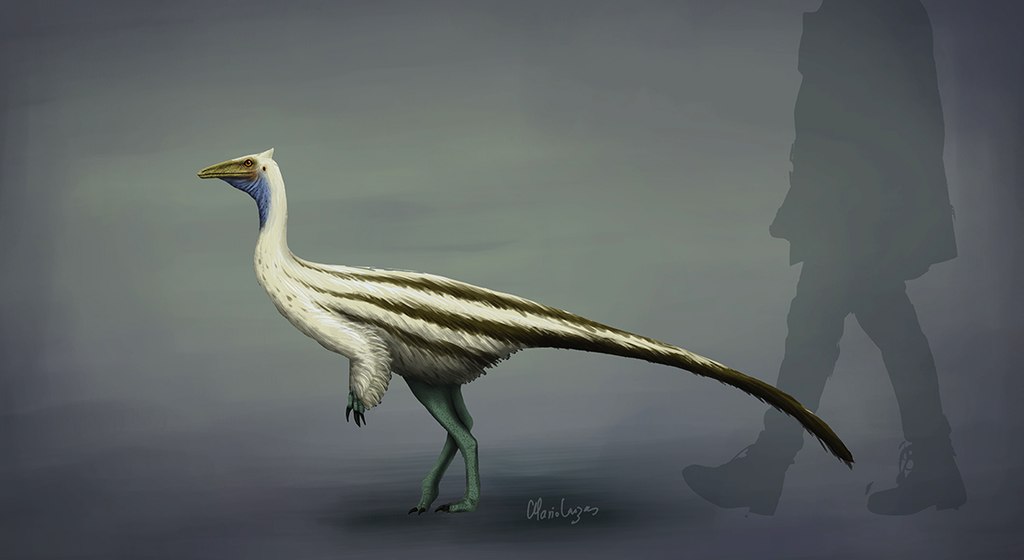Imagine standing face-to-face with a Tyrannosaurus Rex, feeling the ground shake beneath your feet as its massive jaws snap just inches from your face. The thunderous roar echoes through your chest, and for a split second, you forget you’re not actually 65 million years in the past. This is the magic that awaits at Gondwana’s Immersive Dino Experience, where cutting-edge technology meets paleontological precision to create the most realistic prehistoric adventure ever conceived. Unlike traditional museums with static displays behind glass barriers, this revolutionary attraction transforms visitors into time travelers, dropping them directly into the heart of ancient ecosystems teeming with life.
The Science Behind the Spectacle
Gondwana’s immersive experience isn’t just entertainment – it’s a masterpiece of scientific accuracy built on decades of paleontological research. Every dinosaur model, every prehistoric plant, and every environmental detail has been meticulously crafted based on the latest fossil evidence and peer-reviewed studies. The attraction’s team of paleontologists works directly with leading research institutions to ensure that visitors experience dinosaurs as they truly lived, not as Hollywood has portrayed them. When you see a Velociraptor hunt in packs, you’re witnessing behavior patterns reconstructed from actual fossil trackways discovered in Montana. The feathered plumage on the smaller theropods reflects groundbreaking discoveries from China that have revolutionized our understanding of dinosaur appearance.
Journey Through Deep Time
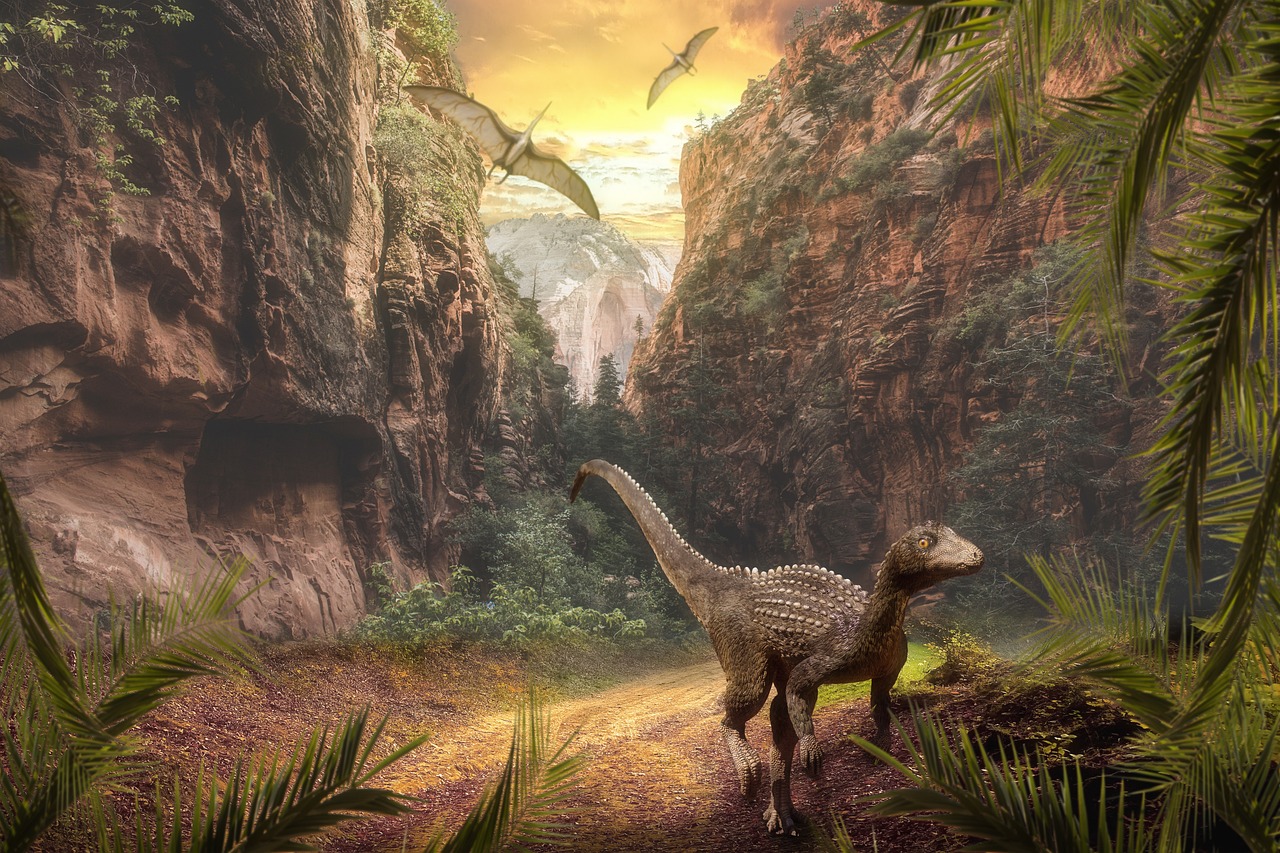
Your prehistoric adventure begins in the Triassic period, approximately 250 million years ago, when dinosaurs first emerged on Earth. The landscape here feels alien yet familiar – vast deserts punctuated by primitive forests of cycads and early conifers. You’ll encounter some of the earliest dinosaur species like Eoraptor, small bipedal creatures no bigger than a house cat that started an evolutionary dynasty lasting over 160 million years. The air feels thick and humid, recreated through advanced climate control systems that mirror the atmospheric conditions of each geological era. As you progress through time, the environment subtly shifts around you, demonstrating how our planet’s climate and geography changed over millions of years.
Meet the Giants of the Jurassic

Nothing prepares you for the moment when you first encounter Brachiosaurus in the Jurassic section. These gentle giants tower 40 feet above the forest canopy, their massive necks stretching gracefully to reach the highest branches of towering Araucaria trees. The sound design here is particularly stunning – you’ll hear the deep, resonant calls of these sauropods communicating across vast distances, creating an almost musical symphony of prehistoric life. Watch as herds of these magnificent creatures move in slow, deliberate formations through ancient river valleys, their footsteps creating seismic vibrations you can actually feel through the floor. The Jurassic period comes alive with lush vegetation, humid air, and the constant background chorus of insects and early mammals scurrying through the undergrowth.
Predators of the Cretaceous
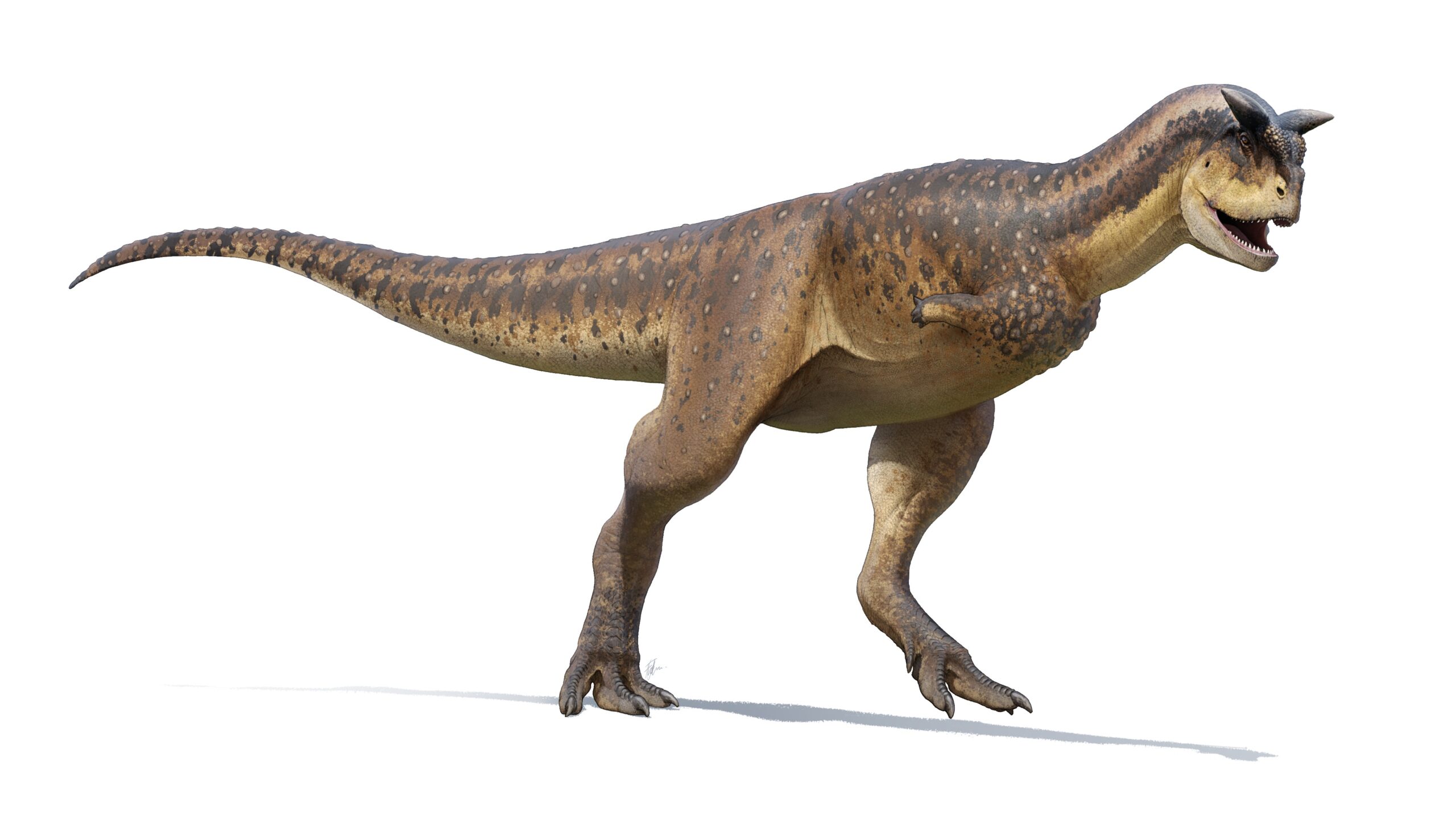
The final era of your journey takes you into the Cretaceous period, home to some of history’s most formidable predators. Here, the iconic Tyrannosaurus Rex reigns supreme, but you’ll also encounter lesser-known but equally terrifying hunters like Carnotaurus and Giganotosaurus. The tension in this section is palpable – advanced motion sensors detect your presence, triggering realistic hunting scenarios where you become part of the prehistoric food chain. One moment you’re observing a peaceful herd of Triceratops, and the next, you’re caught in the middle of an epic battle between herbivores and carnivores. The attention to detail is staggering, from the way predators move with calculated precision to the defensive strategies employed by their prey.
Revolutionary Animatronic Technology
The dinosaurs at Gondwana aren’t your typical theme park robots – they represent the pinnacle of animatronic engineering. Each creature contains hundreds of individual servo motors controlling everything from subtle eye movements to complex breathing patterns. The skin texture, created using advanced polymer materials, responds to touch and environmental conditions just like living tissue would. Some of the larger specimens, like the 40-foot-long Spinosaurus, contain over 2,000 individual moving parts working in perfect synchronization. The movements are so lifelike that many visitors instinctively step back when a dinosaur turns its head to look at them directly. These aren’t mere mechanical puppets – they’re sophisticated biomechanical reconstructions that blur the line between extinct and alive.
Immersive Environmental Systems

Every breath you take inside Gondwana transports you deeper into prehistory through meticulously engineered environmental controls. The air composition changes subtly as you move between different geological periods, reflecting the varying atmospheric conditions of each era. Humidity levels shift from the arid Triassic deserts to the steamy Cretaceous swamps, while temperature fluctuations mirror seasonal changes that dinosaurs would have experienced. The ground beneath your feet changes texture and composition – from volcanic ash deposits to muddy riverbanks to sandy coastal plains. Even the lighting evolves throughout your journey, simulating everything from harsh Mesozoic sunlight to the eerie glow of prehistoric auroras dancing across ancient skies.
The Underwater Realms

One of Gondwana’s most breathtaking sections plunges visitors into the prehistoric oceans that covered much of our planet during the Mesozoic era. Through massive viewing windows, you’ll come face-to-face with marine reptiles that make modern sharks look like minnows. Mosasaurus, the ocean’s apex predator, glides past with serpentine grace, its massive jaws capable of crushing a small car. Plesiosaurs paddle through kelp forests of prehistoric algae, while above them, Pteranodon soar and dive for fish in spectacular aerial displays. The underwater sections use advanced projection mapping to create the illusion of being submerged in ancient seas, complete with realistic water pressure effects and the haunting songs of prehistoric whales echoing through the depths.
Interactive Paleontology Labs
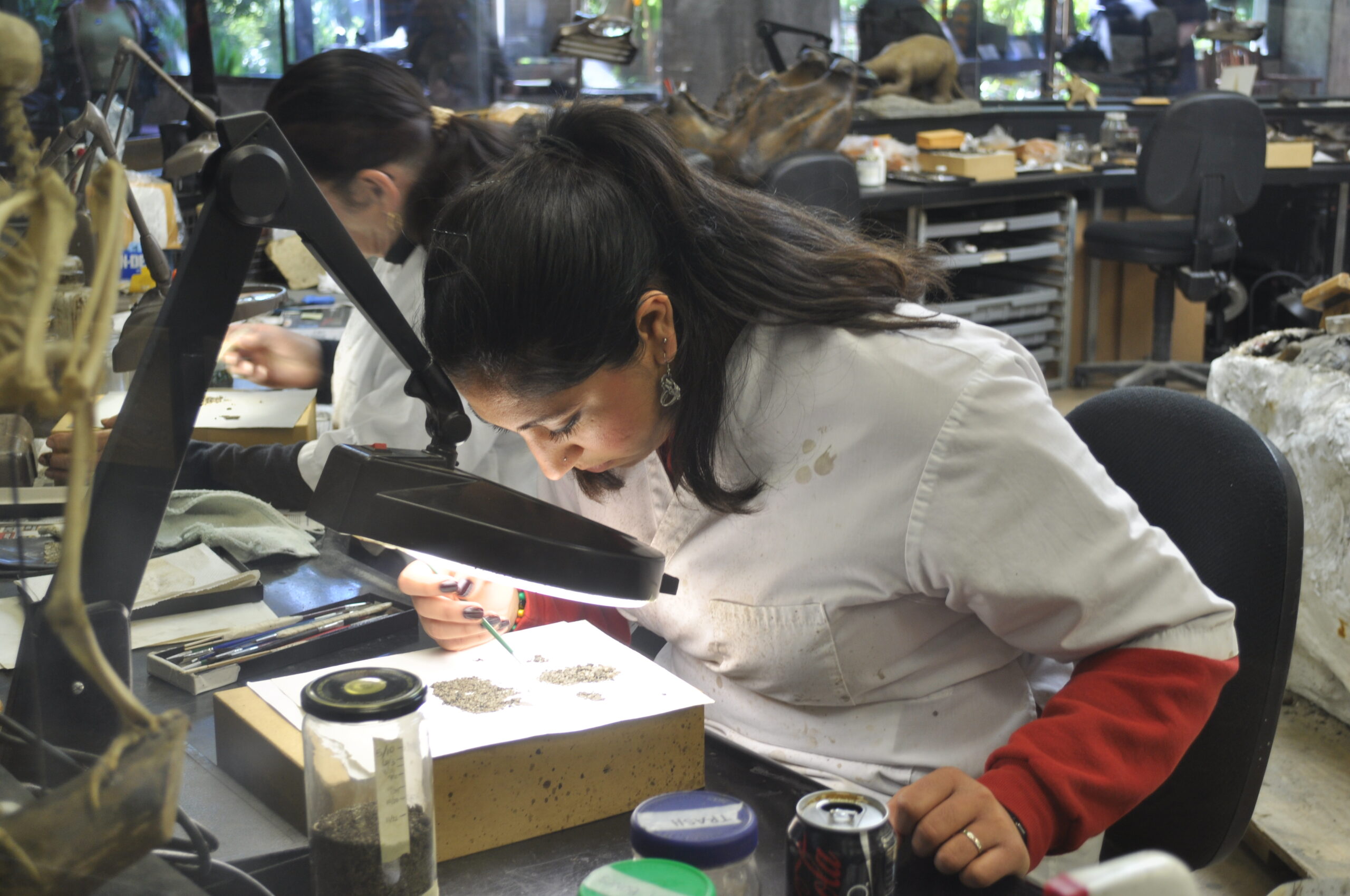
Between the main prehistoric environments, Gondwana features hands-on laboratory spaces where visitors can experience the thrill of paleontological discovery. Here, you’ll learn to identify fossil fragments, understand how scientists determine the age of prehistoric specimens, and even participate in simulated excavations using authentic tools and techniques. The lab stations feature real fossil casts and detailed explanations of how each discovery contributed to our understanding of prehistoric life. Children particularly love the junior paleontologist program, where they can dig through specially prepared sediment beds to uncover replica fossils and learn about the scientific process behind every major dinosaur discovery. These interactive elements transform passive observers into active participants in the ongoing story of paleontological research.
Ancient Ecosystems in Full Detail
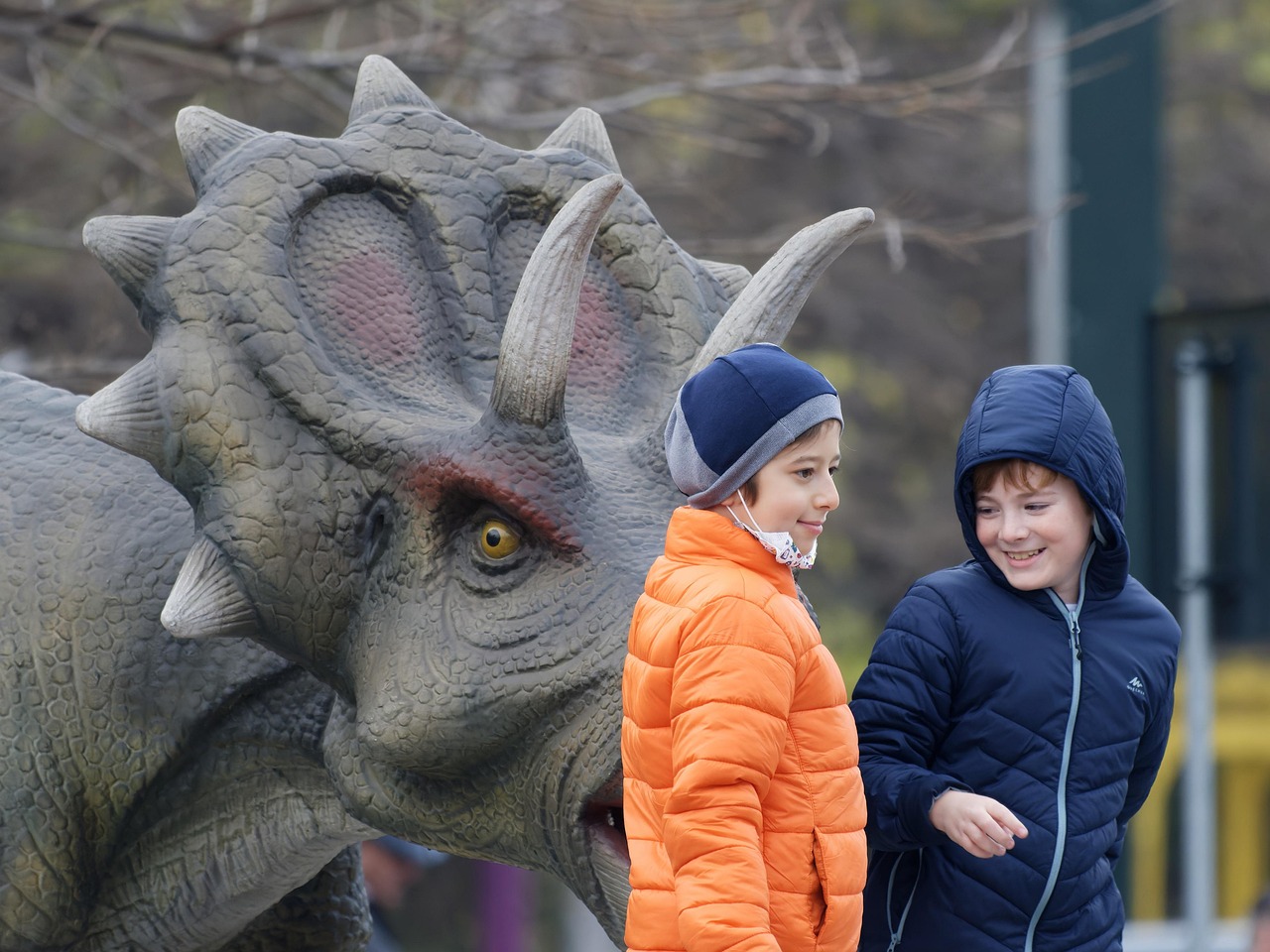
Gondwana’s commitment to scientific accuracy extends far beyond the dinosaurs themselves to encompass entire prehistoric ecosystems. Every plant species, from towering conifers to delicate ferns, has been carefully selected based on fossil evidence from each geological period. You’ll walk through authentic Mesozoic landscapes populated not just by dinosaurs, but by the insects, early mammals, and other creatures that shared their world. The prehistoric flora includes massive cycad groves, primitive flowering plants, and giant horsetail forests that once covered vast swamplands. Butterflies with six-inch wingspans flutter among ancient magnolia blossoms, while early mammals no bigger than shrews scurry through the underbrush, demonstrating how life evolved in complexity and diversity throughout the age of dinosaurs.
Climate Change Through Deep Time
One of the most educational aspects of the Gondwana experience is witnessing how Earth’s climate has changed dramatically over millions of years. The attraction demonstrates how greenhouse and icehouse periods affected dinosaur evolution and distribution across the globe. You’ll experience the scorching heat of the mid-Cretaceous hothouse period, when global temperatures were 15 degrees warmer than today and crocodiles lived at the North Pole. Conversely, you’ll feel the cooling effects of volcanic winters caused by massive eruptions that altered atmospheric chemistry for decades. This long-term perspective on climate change provides valuable context for understanding both prehistoric extinctions and current environmental challenges. The experience shows how life has repeatedly adapted to dramatic environmental shifts throughout Earth’s history.
The Great Extinction Event
Perhaps the most emotionally powerful section of Gondwana recreates the catastrophic events that ended the age of dinosaurs 66 million years ago. The asteroid impact simulation is both terrifying and mesmerizing, showing how a single cosmic collision fundamentally altered life on Earth. You’ll witness the initial impact flash, feel the earthquake tremors, and experience the nuclear winter conditions that followed. The section doesn’t shy away from the tragedy of mass extinction, but it also highlights the incredible resilience of life and how the extinction of non-avian dinosaurs paved the way for mammalian evolution. Visitors leave this section with a profound appreciation for the fragility of ecosystems and the importance of biodiversity conservation. The experience connects prehistoric catastrophes to modern conservation challenges in ways that are both educational and deeply moving.
Cutting-Edge Virtual Reality Elements
Selected areas throughout Gondwana feature optional virtual reality experiences that transport visitors even deeper into prehistoric worlds. These VR segments allow you to fly alongside pterosaurs through Jurassic skies, swim with marine reptiles in ancient oceans, or experience the world from a dinosaur’s perspective. The VR technology is seamlessly integrated with the physical environment, so you might feel wind effects while soaring with Quetzalcoatlus or experience ground vibrations while walking in a sauropod herd. These virtual elements don’t replace the main attraction but enhance it, offering perspectives that would be impossible to achieve through traditional displays. The VR experiences are particularly popular with younger visitors, who often spend extended time exploring prehistoric environments from unique vantage points.
Educational Programs and Expert Guides
Throughout your journey, expert paleontologists and educators are stationed at key locations to answer questions and provide deeper insights into the science behind each exhibit. These aren’t just tour guides – they’re working scientists who can discuss the latest research developments and ongoing debates in paleontology. Special educational programs cater to different age groups and interests, from elementary school field trips to advanced workshops for high school AP biology students. The guides excel at making complex scientific concepts accessible to general audiences while maintaining scientific rigor and accuracy. Many visitors report that conversations with these experts were among the most memorable aspects of their Gondwana experience, sparking lifelong interests in paleontology and natural history.
Conservation Messages for Modern Times
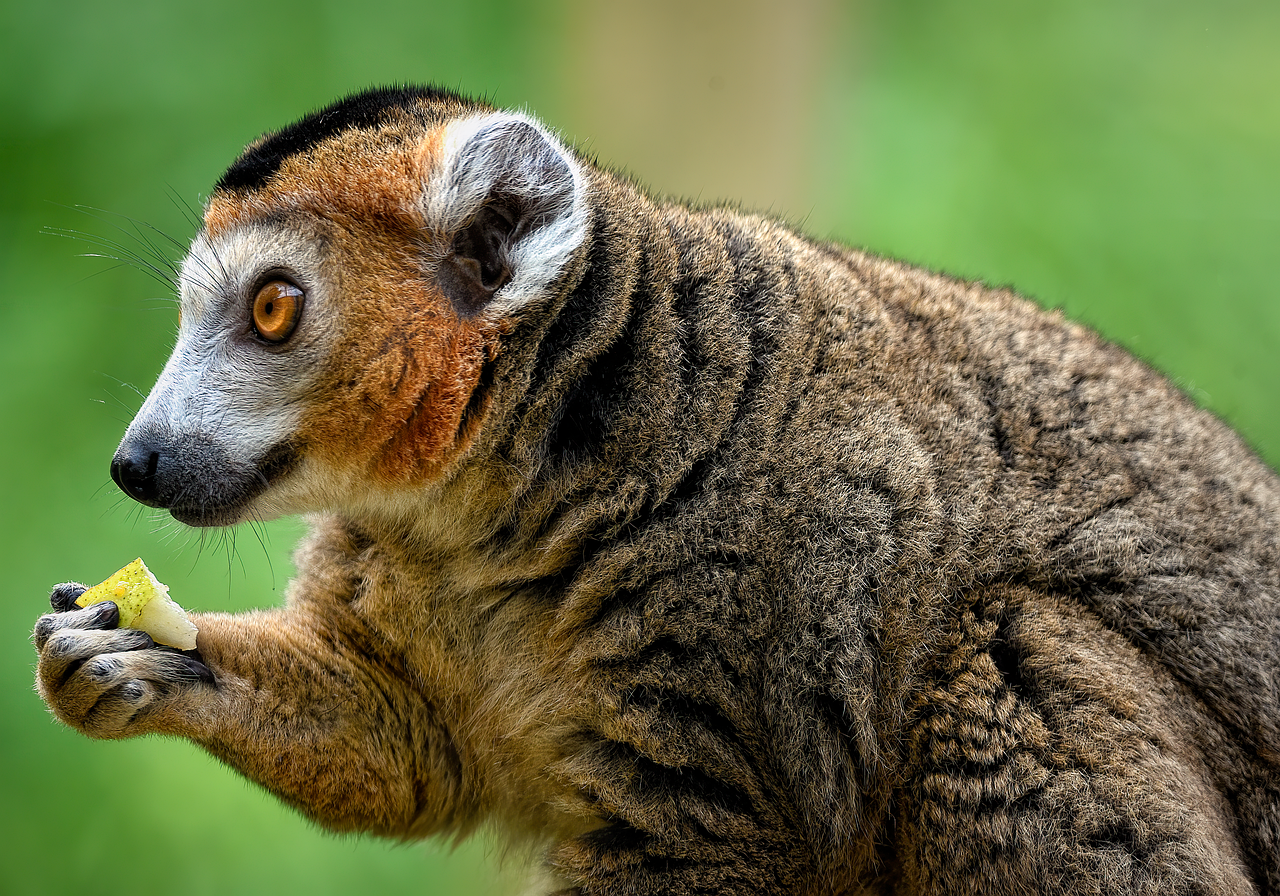
While Gondwana celebrates the wonder of prehistoric life, it also delivers powerful messages about modern conservation challenges. The attraction draws parallels between past mass extinctions and current biodiversity loss, helping visitors understand that we’re currently living through the sixth major extinction event in Earth’s history. Interactive displays show how habitat destruction, climate change, and human activity are affecting modern ecosystems in ways that echo prehistoric catastrophes. However, the message isn’t one of despair but of hope and empowerment, demonstrating how individual actions and collective efforts can make a difference in protecting remaining biodiversity. Many visitors leave Gondwana with a renewed commitment to environmental conservation and a deeper appreciation for the interconnectedness of all life on Earth.
Planning Your Prehistoric Adventure
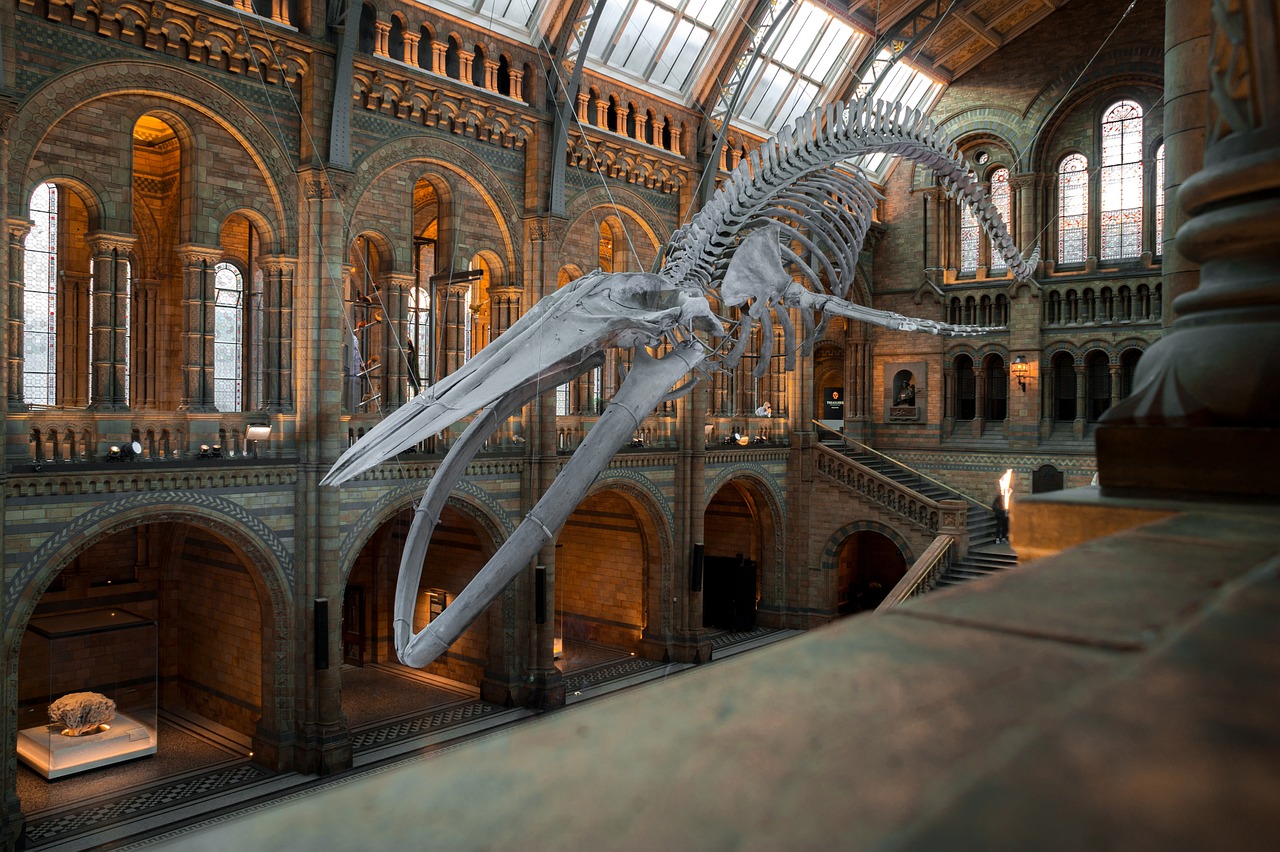
A complete journey through Gondwana typically takes three to four hours, though many visitors choose to return multiple times to fully absorb all the details and educational content. The facility offers different ticket options, including express passes for those with limited time and extended research passes for serious paleontology enthusiasts who want access to behind-the-scenes areas and special programs. The attraction is fully accessible to visitors with mobility challenges, and special sensory-friendly sessions are available for individuals with autism or sensory processing disorders. Advance reservations are highly recommended, especially during peak seasons when the attraction operates at capacity to maintain the intimate, immersive experience that makes Gondwana so special. The facility also offers group rates for schools, universities, and other educational organizations looking to provide students with unforgettable learning experiences.
Standing at the exit of Gondwana’s Immersive Dino Experience, most visitors find themselves fundamentally changed by their journey through deep time. The attraction succeeds in making the ancient past feel immediate and relevant, connecting prehistoric wonders to modern scientific understanding and conservation challenges. This isn’t just entertainment – it’s a transformative educational experience that honors both the majesty of prehistoric life and the ongoing work of scientists who continue to unlock the secrets of our planet’s distant past. Did you expect that stepping into prehistory would feel so much like stepping into the future of education itself?



